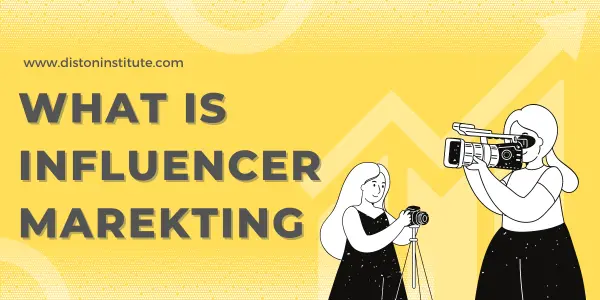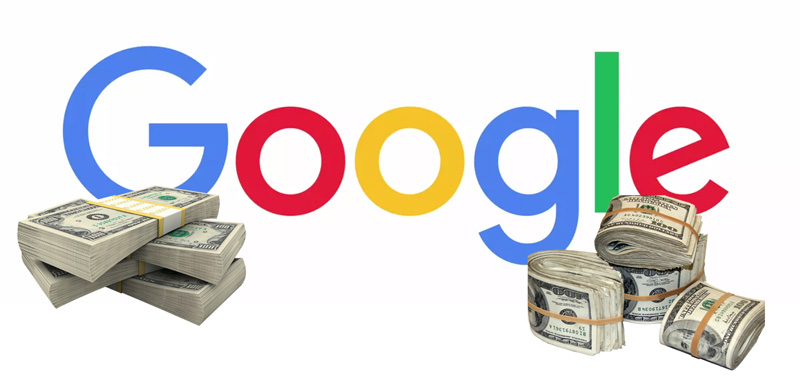
Introduction to influencer marketing?
What is influencer marketing? This question must have arisen in your mind if you are in the digital marketing field or if you are starting your own YouTube channel or Instagram profile. So here is the answer: influencer marketing is a strategic partnership between brands and individuals who have established credibility and a dedicated following on social media platforms. These influencers, through their content creation and audience engagement, can sway public opinion and purchasing decisions.
What is an influencer?
Influencers are social media personalities who have carved out a space for themselves in the digital world. They’ve built a loyal audience by consistently creating engaging content around a specific niche. This niche could be anything from fashion and beauty to travel and technology. They are seen as experts and trusted sources within their field, and their opinions hold weight with their followers.
Types of influencers:
Not all influencers are created equal. They can be categorized based on their follower count and reach, impacting the kind of campaigns they’re suitable for. Here’s a breakdown of the most common types:
Mega-Influencers (1 million+ followers):
Think A-list social media stars like Cristiano Ronaldo and Virat Kohli, with over 100 million followers. They command high fees (millions per deal) for promotions and can significantly boost brand awareness. However, their massive audience might be less interested in the specific products they promote.

Macro-influencers (100k-million followers):
The “go-to” for many brands. They earn tens of thousands per campaign and offer a good balance. Their audience is large enough to reach them, but they also have a strong, engaged following that trusts their recommendations.

Mid-Tier Influencers (10k–100k followers):
These influencers cater to niche communities with high engagement. Brands seeking targeted campaigns partner with them for deals in the thousands.

Micro-influencers (10k followers or less):
The secret weapon! They might earn hundreds per deal, but their audience is super loyal and trusts their opinions. Brands leverage their authenticity to build trust and connect with a specific audience segment.

What platforms are used for influencer marketing?
Social media platforms are the lifeblood of influencer marketing, providing the stage for influencers to connect with their audience and brands to execute their campaigns. Let’s delve into the platforms currently dominating the influencer marketing landscape:



Instagram, a pioneer in influencer marketing, remains a top choice. Its focus on visuals (photos and short videos) aligns perfectly with product endorsements, lifestyle content, and trendsetting.
You tube
For in-depth content and tutorials, YouTube reigns supreme. Beauty tutorials, tech reviews, and gaming commentaries are just a few examples of how influencers leverage YouTube’s format.
Facebook reigns supreme for influencer marketing. Despite its age, it offers a massive audience and diverse content formats (text, live video) for influencers to truly connect with and promote brands in a genuine way.
How influencers earn money?
Sponsored Content:
This is the classic influencer marketing method. Brands pay influencers to create content featuring their product, like posts, videos, or stories. Influencers showcase the product, review it, or integrate it creatively. Compensation can be a flat fee, commission on sales, or a combination.

Affiliate Marketing:
Influencers promote a brand’s product using a unique link or code. Whenever someone clicks that link and buys something, the influencer earns a commission. It’s performance-based, so earnings depend on their ability to drive sales.
Content Creator Funds:
Platforms like YouTube or TikTok offer creator funds that reward influencers based on views, engagement, and watch time. The more popular their content, the more they can potentially earn directly from the platform.
Merchandise:
Influencers can become mini-retailers! They design and sell their own branded merchandise, such as t-shirts, mugs, phone cases, etc. They profit from each item sold, turning their audience into walking advertisements. This lets them express creativity and make money directly from their fans.
How can influencer marketing help your business?
Influencer marketing can benefit your business in several ways:
- Boosts brand awareness: Influencers reach a wide audience, putting your brand in front of new potential customers.
- Increases credibility and trust: People trust recommendations from those they see as genuine. Partnering with the right influencer allows you to leverage their credibility and build trust with their audience.
- Drives engagement: Influencers are experts at creating engaging content, leading to more likes, comments, and shares for your brand. This engagement can ultimately lead to sales.
- Targeted marketing: You can partner with niche influencers to reach a specific audience that perfectly aligns with your ideal customer.
- Cost-effective marketing: Compared to traditional advertising, influencer marketing can be a more cost-effective way to reach your target audience.
- Valuable customer insights: Influencer campaigns can provide insights into customer sentiment and preferences through comments and engagement metrics.
- Measurable results: You can track key metrics to gauge the success of your influencer marketing campaigns and optimize your strategies for future endeavors.
Conclusion of your query: What is influencer marketing?
Influencer marketing has become a powerful tool for brands to connect with consumers in a more authentic and engaging way. By understanding the different types of influencers and the various ways they earn money, you can develop targeted campaigns that resonate with specific audiences.
Remember, successful influencer marketing goes beyond just a pretty post. It’s about building genuine connections and fostering trust between brands and consumers.
Suggested reads: What is you tube marketing ?
Question 1: How much do Instagram influencers make?
Answer: Instagram influencers’ pay varies! Mega-stars earn millions per post, while mid-tier and micro-influencers make thousands or hundreds, depending on their audience and engagement.
Question 2: How to become a social media influencer?
Answer: Find your niche, create engaging content consistently, build a loyal audience, and partner with brands for sponsored posts or affiliate marketing.
Question 3: What is a social influencer?
Answer: Social media influencers are social media stars with engaged followers. They earn money by promoting brands and products through creative content.
Question 4: How many followers need to earn money on Instagram?
Answer: You don’t necessarily need a massive following! While millions get big bucks, micro-influencers with high engagement can make money with even under 10k followers. Focus on building a strong, loyal community.
Question 5: How to make money as a food influencer?
Answer: Food influencers can dish up cash with sponsored posts, affiliate links for food products, or selling their own foodie merchandise!




